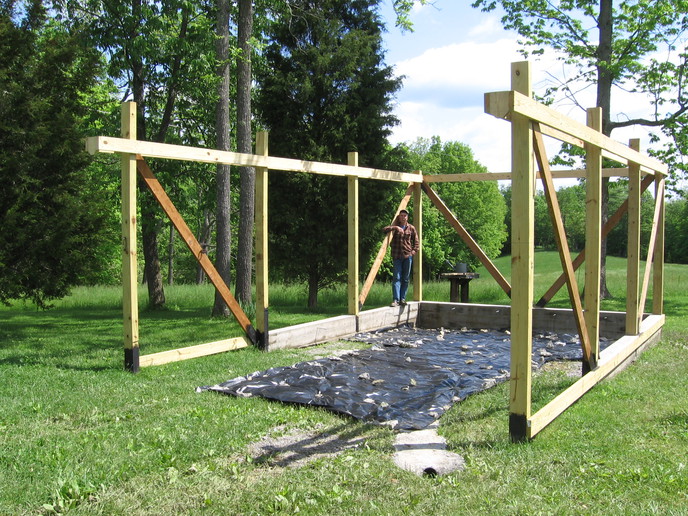I found some threads here pertaining to pole life that were not too impressive but seemed 90% of people do not concrete their poles in and the ones that did, seemed to have good life. I also did not see much mention of a concrete floor or drainage that would keep water away from the pole sites.
I am curious to hear from anyone that HAS had good long life so we can determine WHY. Rot is typically a function of moisture and even steel buried in the ground would fail if subjected to constant moisture.
I am just not sure right now whether concrete or gravel is the right choice. I certainly would not backfill with dirt since gravel and sand would be far superior for drainage. I am trying to design for a method of replacement in any event but also trying to design a building that will stay solid for 100yrs. Steel I-beam is not an option.
I am curious to hear from anyone that HAS had good long life so we can determine WHY. Rot is typically a function of moisture and even steel buried in the ground would fail if subjected to constant moisture.
I am just not sure right now whether concrete or gravel is the right choice. I certainly would not backfill with dirt since gravel and sand would be far superior for drainage. I am trying to design for a method of replacement in any event but also trying to design a building that will stay solid for 100yrs. Steel I-beam is not an option.


